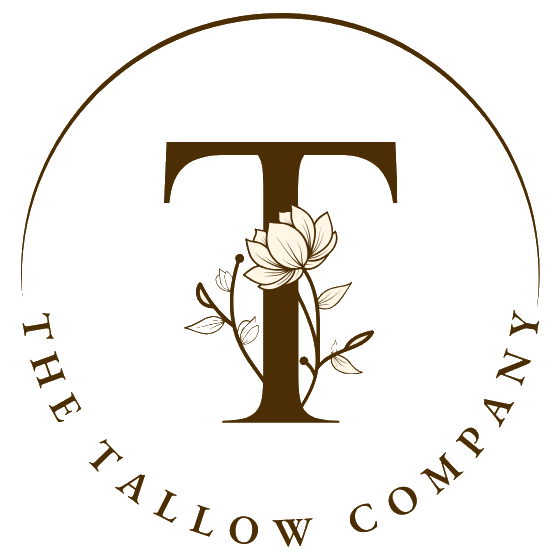Frequently Asked Questions About Soap Making
What is Superfatting?
Superfatting in soap making is the process of adding extra fats or oils beyond what's needed to react with lye. This ensures some unreacted oils remain in the final soap, enhancing its moisturizing properties and gentleness on the skin.
How do you make soap with tallow?
Making tallow soap involves melting tallow, mixing it with lye and water, then pouring into molds to harden.
What are the benefits of tallow soap?
Tallow soap is known for its moisturizing qualities, long-lasting nature, and ability to create a rich, creamy lather.
Can you mix tallow with other oils in soap making?
Yes, tallow can be combined with other oils like coconut or olive oil for varied soap textures and skin benefits.
What is the best ratio of tallow in soap making?
A common ratio is 70% tallow to 30% other oils, balancing hardness and moisturizing properties.
How long does tallow soap take to cure?
Tallow soap typically requires 4-6 weeks to cure fully, ensuring a harder, longer-lasting bar.
Is tallow soap good for sensitive skin?
Tallow soap can be suitable for sensitive skin, as it is gentle, moisturizing, and free from harsh chemicals.
How does tallow soap differ from plant-based soaps?
Tallow soap differs in its creamier lather and longer-lasting bars compared to plant-based soaps, which may be softer and milder.
Can essential oils be added to tallow soap?
Essential oils can be added to tallow soap for fragrance and additional skin benefits.
What is the shelf life of homemade tallow soap?
Homemade tallow soap can last up to two years if stored in a cool, dry place.
